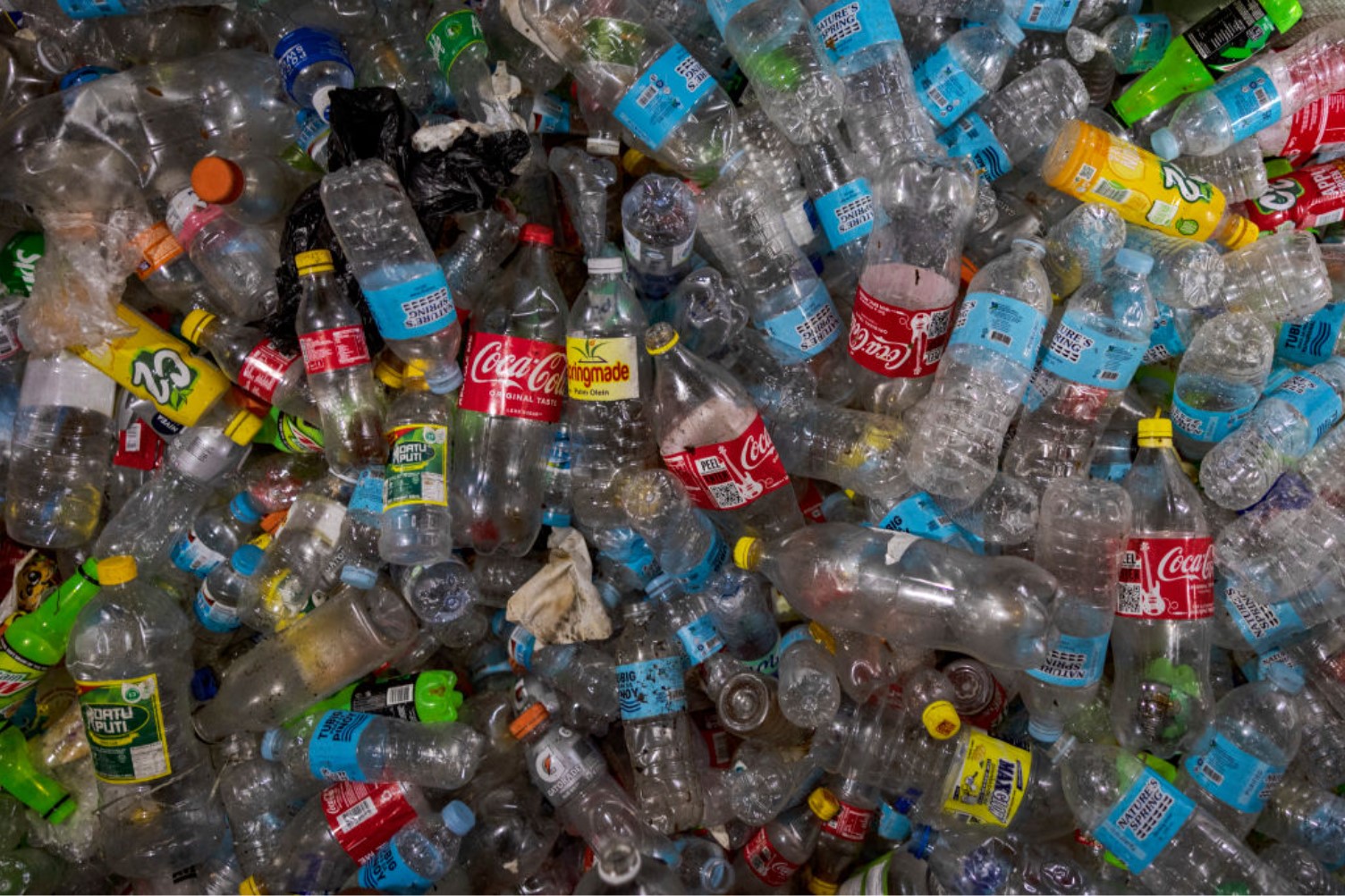Reports released over the last decade have confirmed what many health experts have long suspected: daily use of plastic items is wreaking havoc on human health.
Hormone-disrupting and cancer-causing chemicals known as PFAs leech from plastic products and remain inside human bodies for years, giving them their nickname “Forever Chemicals”. However, certain scenarios leave more Americans at risk of ingesting microplastics than others.
PFA Epidemic

Polyfluoroalkyl substances, or PFAs for short, refer to certain chemicals used in the production of plastic products. While there are thousands of varieties of PFAs, few have been studied.
The PFAs are known as forever chemicals, as the tiny microplastic particles don’t break down into organic materials in nature.
Used in Everything from Water Bottles to Boots

Unfortunately, it’s difficult to find a modern product that doesn’t contain harmful microplastics. From water bottles to cookware and even drinking water, many everyday items contain PFAs, a worrying situation according to health officials.
Over the last decade, research carried out by epidemiologists has discovered a link between the forever chemicals and severe illnesses, including liver and kidney cancer, decreased fertility, and obesity.
Some Groups at More Risk than Others

The widespread use of products that contain PFAs has led to over 98% of U.S. citizens testing for microplastics in their bloodstream, according to a 2007 study from the Centers for Disease Control.
Yet, researchers say certain ethnic groups across the states are at a greater risk of exposure. Meanwhile, according to the DailyMail, certain groups are at greatest risk of illness if they ingest them.
Latino and Black Communities at Greater Risk

According to the DailyMail, black and Latino communities across the states are at a greater risk as they’re more likely to drink tap water containing the harmful forever chemicals.
“Our work suggests that the sociodemographic groups that are often stressed by other factors, including marginalization, racism, and poverty, are also more highly exposed to PFAS in drinking water,” said Dr Jahred Liddie.
Havard Study Process Shocking Results

Harvard researchers released a paper that claims neighborhoods with a high Hispanic population have levels of PFAs in their water that surpass the recommended safety limit.
Not long after the release of this paper, researchers from New York revealed that Asian Americans have 88% more PFAs in their bloodstream when compared to non-Hispanic whites.
Living Close to a Military Base Increases Risk

Researchers have also surmised living on or close to military bases, industrial sites, and airports all dramatically increases the risk of exposure to PFAs.
In 2019, an army veteran from North Carolina, Mr. Wattern, tested his blood for PFA concentration. The result came back at 29.2ng/mL, which is over ten times the recommended safe amount.
Diagnosed with a Severe Blood Problem

Mr. Watters would eventually be diagnosed with a chronic blood disorder known as polycythemia. This forces the blood within the body to thicken and can lead to an enlarged heart and even heart failure.
Unfortunately, Mr. Watters suffered a heart attack, which he claims was brought on by his high PFA levels. He said, ”I had the biggest blood clot in my artery, and the doctor said it wasn’t from plaque; it wasn’t from cholesterol or triglycerides. And he goes, it’s probably tied to the polycythemia.”
Less Money Leads to More Exposure

Studies surmise that Americans with a lower income tend to live in regions that have their water contaminated with PFAs.
A study carried out by the Union of Concerned Scientists (UCS) discovered that over 38,000 low-earning households live close to waterways contaminated by PFAs.
Food Contaminated with PFAs

Reports also show many popular branded food products purchased at the grocery store contain forever chemicals.
Products tested by independent researchers, including condiments, beverages, seafood, grains, and even organic chickens, all contained PFAs.
Contamination Begins at the Source

According to Dr. Jesse Goodrich, who works as a PFA investigator for the University of Southern California, the contaminated waterways have led to the entire food chain becoming flooded with PFAs.
“It turns into this problem that’s very hard to get out of the food system because water is used for irrigating crops; it’s used for animals that need to drink water. If you’re eating fish, that may have been contaminated with PFAS. It just gets into all of these places that you might not think about normally,” he said.
Choice of Employment Leads to Greater Risk

Specific jobs come with a greater risk of exposure to PFAs, including those who work as firefighters. According to researchers, firefighting foams used to put out liquid fires make use of PFAs.
“That’s an occupation that is frequently talked about as a highly exposed population. But anyone that’s in an area that’s used these aqueous film forming foam is at risk,” said Dr. Goodrich.








































